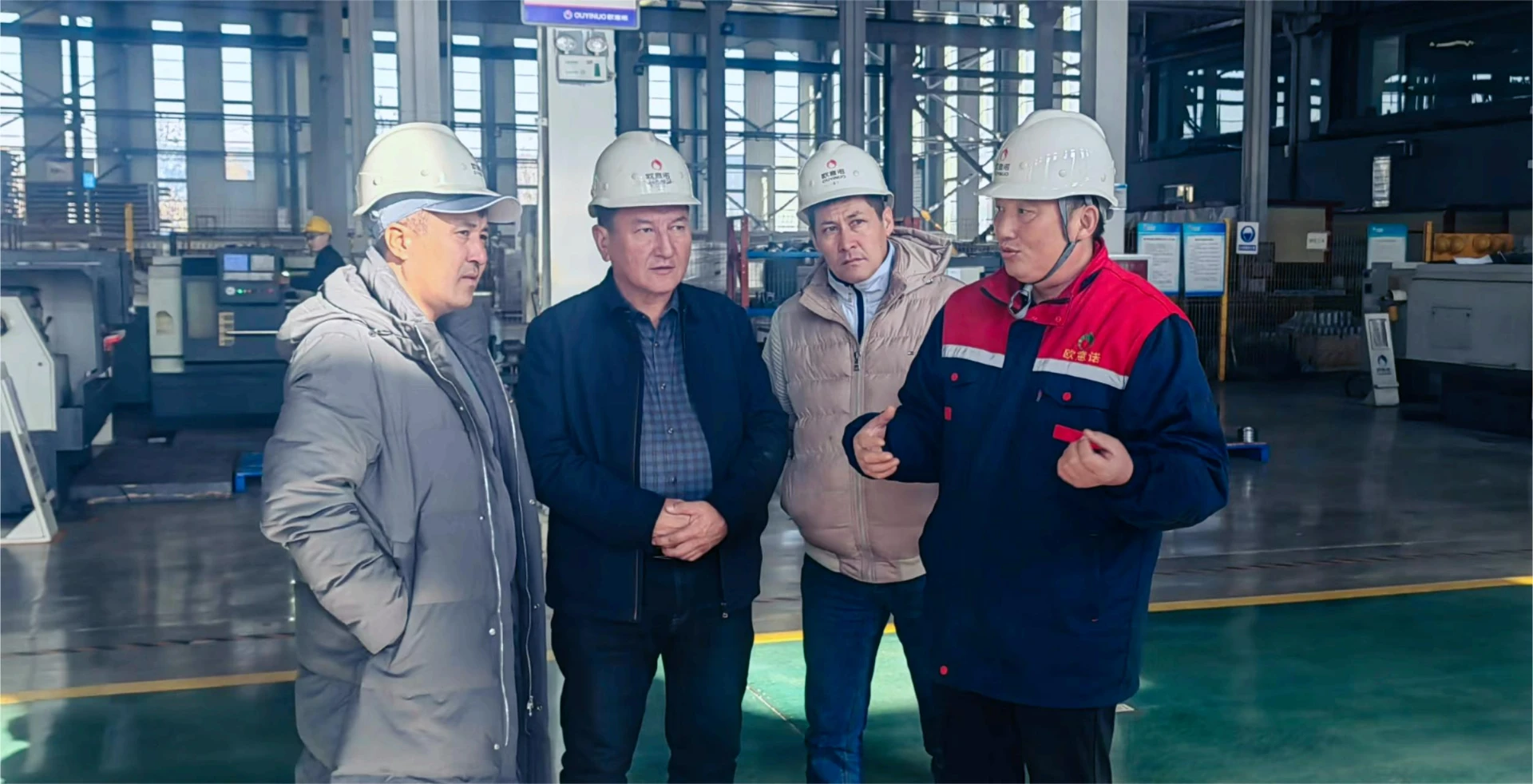
Nov . 18, 2024 22:14
Back to list
Understanding the Function and Importance of Gas Regulators in Modern Systems
Understanding Gas Regulators Their Importance and Functionality
Gas regulators are essential devices used in various industries and households to control and maintain a consistent flow and pressure of gas. Whether it’s for industrial applications, residential heating, or cooking, a gas regulator ensures that the gas supply remains safe and efficient. This article delves into the importance of gas regulators, their functioning, and the different types available.
The Importance of Gas Regulators
Gas regulators play a crucial role in the safe operation of gas equipment. When gas is delivered from a supply source, it can come at high pressure, which is unsuitable for most applications. Regulators reduce this high input pressure to an appropriate level, ensuring that devices such as stoves, heaters, and industrial machinery function safely and effectively. Without proper regulation, equipment could suffer damage, leading to leaks or even explosions, posing serious safety hazards.
Moreover, gas regulators contribute to energy efficiency. By maintaining the correct pressure, they ensure that gas is used optimally, reducing waste and saving costs over time. In many cases, modern regulators are equipped with advanced technology that allows for precise control of gas flow, which further enhances their efficiency.
How Gas Regulators Work
At its core, a gas regulator functions through the principle of controlling gas pressure. When high-pressure gas enters the regulator, a diaphragm inside the device reacts to the pressure levels. As the pressure increases, the diaphragm moves, which in turn adjusts a valve to reduce the flow of gas. This mechanism helps achieve a steady and lower output pressure, which is suitable for the connected appliances.
Most gas regulators also include safety features such as pressure relief valves that activate in case of excessive pressure. These features provide an additional layer of protection, ensuring that the system doesn’t exceed safe operational limits.
Types of Gas Regulators
gas regulator

There are several types of gas regulators, each designed for specific applications. The most common types include
1. Single-Stage Regulators These are simple devices that regulate the gas pressure in one stage. They are typically used for low-pressure applications, such as residential settings where gas appliances are used.
2. Two-Stage Regulators These offer a more sophisticated method of pressure regulation. The first stage reduces the high inlet pressure to an intermediate level, while the second stage further reduces it to the desired outlet pressure. This type is ideal for applications requiring consistent pressure, such as in commercial and industrial settings.
3. High-Pressure Regulators Designed to handle high inlet pressures, these regulators are used in applications where gas is supplied at very high pressure, such as in certain industrial processes.
4. Low-Pressure Regulators As the name implies, these regulators are designed for applications where low pressure is required. They are typically used in residential systems for appliances like ovens and grills.
5. Electric and Electronic Regulators These modern regulators utilize electronic controls to maintain optimal gas pressure levels. They offer enhanced precision and are often used in sophisticated industrial applications.
Conclusion
In summary, gas regulators are indispensable devices that enhance safety and efficiency in gas utilization. Understanding their role and operation is crucial, whether you're a homeowner looking to ensure the safety of your gas appliances or a professional in the industrial sector seeking optimal operational efficiency. With the variety of regulators available, selecting the right type for your specific needs can lead to significant benefits in terms of safety, performance, and cost savings. As technology advances, we can expect even more innovations in gas regulation, further improving safety and efficiency in gas supply systems.
Next:
Latest news
-
Safety Valve Spring-Loaded Design Overpressure ProtectionNewsJul.25,2025
-
Precision Voltage Regulator AC5 Accuracy Grade PerformanceNewsJul.25,2025
-
Natural Gas Pressure Regulating Skid Industrial Pipeline ApplicationsNewsJul.25,2025
-
Natural Gas Filter Stainless Steel Mesh Element DesignNewsJul.25,2025
-
Gas Pressure Regulator Valve Direct-Acting Spring-Loaded DesignNewsJul.25,2025
-
Decompression Equipment Multi-Stage Heat Exchange System DesignNewsJul.25,2025

